Everything you need to know to get your bike ready for summer
Summer means mountain biking!
The summer season is nearly here, bringing with it the promise of long days riding down mountains and exploring new trails.
But how do you get back in the saddle?
Before you race off on your bike, a few checks are essential to avoid losing your footing on your first ride of the season. We’ll explain everything here: all the prep you need and how to get your bike ready for summer!
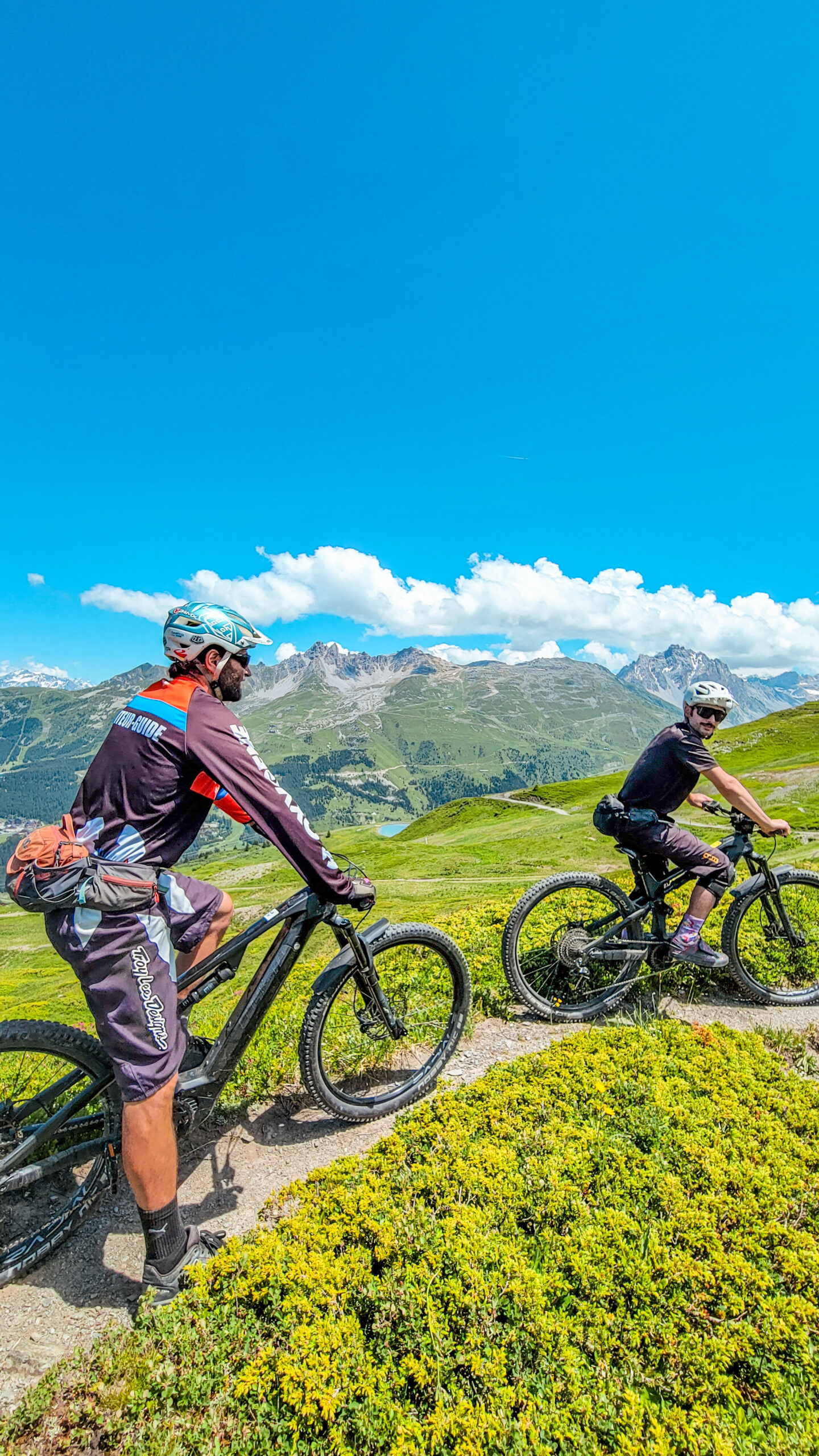
Cleaning and thorough inspection of your bike
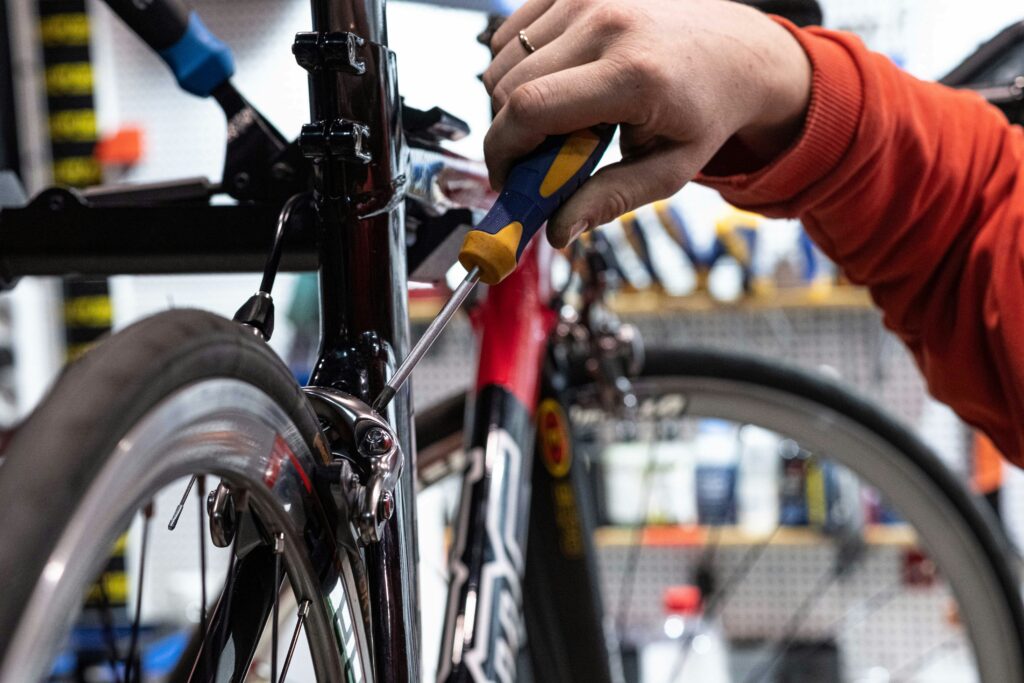
A good cleaning: make it shine!
To get your bike out of hibernation, nothing beats a good cleaning!
If it’s been sitting unused for several months in a corner of your garage, it’s probably accumulated a nice layer of dust. Use warm water and a sponge to remove most of the dirt.
After washing, be sure to carefully dry the sensitive parts with a clean cloth. Not only will you have the satisfaction of a clean bike, but it will also be easier to spot any potential issues and signs of wear.

Health Check Up for your bike
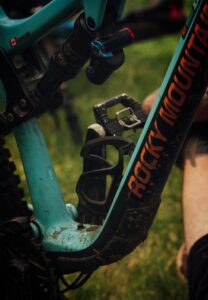
Now that your bike is spotless, it’s time for the inspection!
Carefully examine the frame and look for cracks, dents, or any other anomalies that might compromise your bike’s integrity. Don’t forget to check the component fastenings (handlebars, saddle, pedals) and ensure they are tightly secured.
Generally, the transmission doesn’t deteriorate over winter, but the chain might be slightly rusted due to humidity.
Rigorously inspect the brakes
Brakes are the primary safety feature of your bike. Check the brake pads and replace them if they’re worn.
Test the cables and housings to ensure they function properly and aren’t frayed.
Brakes and derailleurs won’t work correctly if the cables are bent, rusted, or clogged with mud.
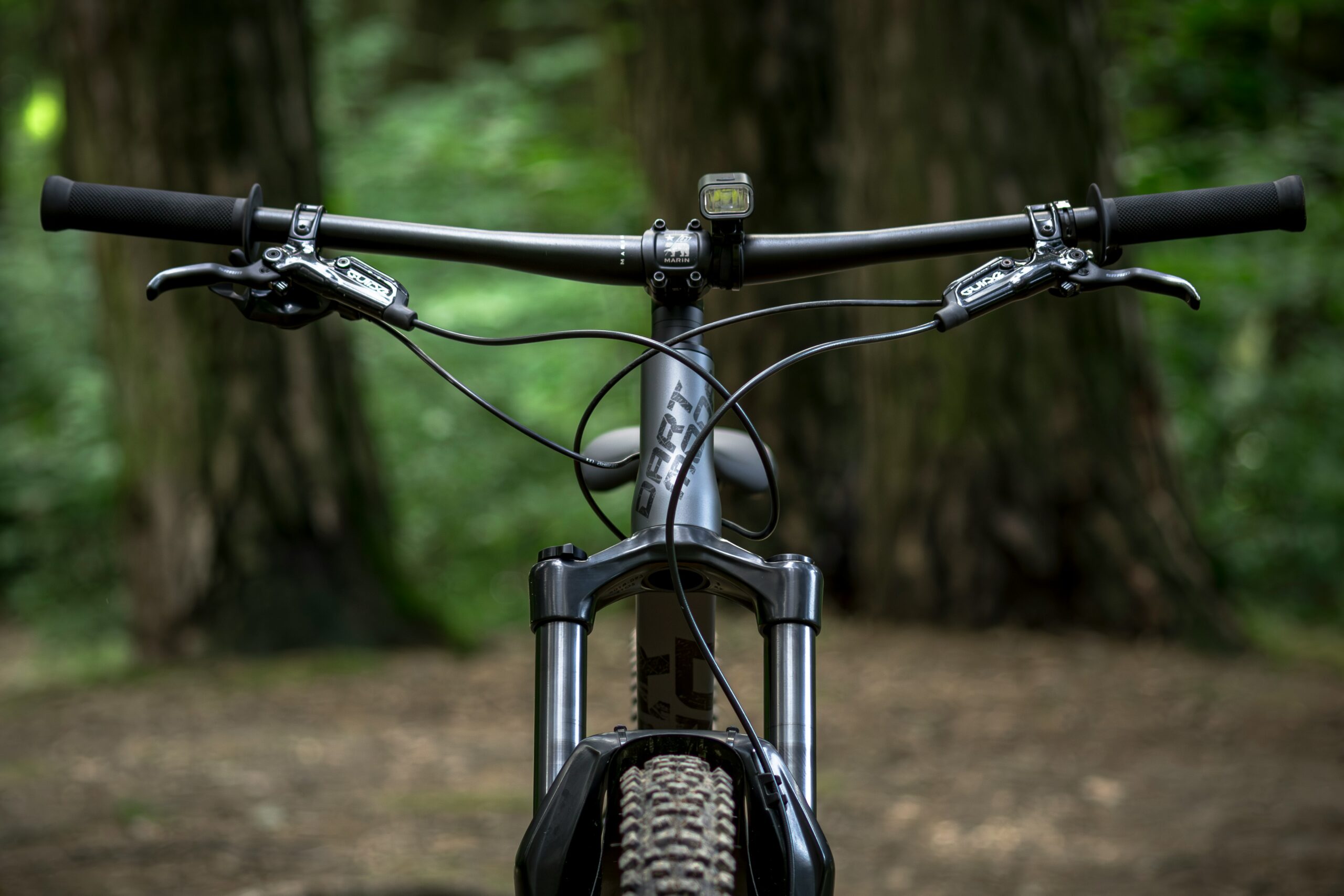
Also, check that bolts and screws are not loose, and tighten them if necessary using a screwdriver or Allen key.
Take a look at the wheels
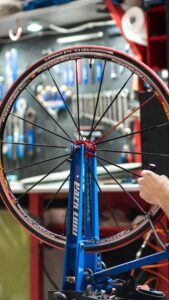
Next, inspect the spokes for any deformation. A broken, too-tight, or too-loose spoke can cause major problems. If too tight, it might snap. If too loose, the wheel can become wobbly.
To test spoke tension, squeeze them in pairs while spinning the wheel.
Make sure the wheels are well balanced and spin freely without friction.
If you have an electric-assist bike, you can also take it to a professional to have the motor and battery serviced.
Adjustments and fine-tuning to get your bike ready for summer
Adjust the brakes and suspensions
Suspensions are crucial for absorbing shocks and ensuring a comfortable ride. Adjust them according to the type of terrain you’ll be riding. Proper brake adjustment is also vital: it can prevent accidents! Consult your bike’s manual for specific settings, and don’t hesitate to seek advice from a professional.
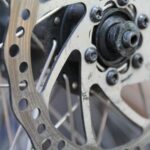
Adjust the tyre pressure
Your bike tyres are in direct contact with the ground and endure a great deal of stress. Check their pressure: if your bike hasn’t been used all winter, they probably need inflating. Adjust the tyre pressure according to the terrain. Lower pressure offers more grip, while higher pressure reduces rolling resistance.
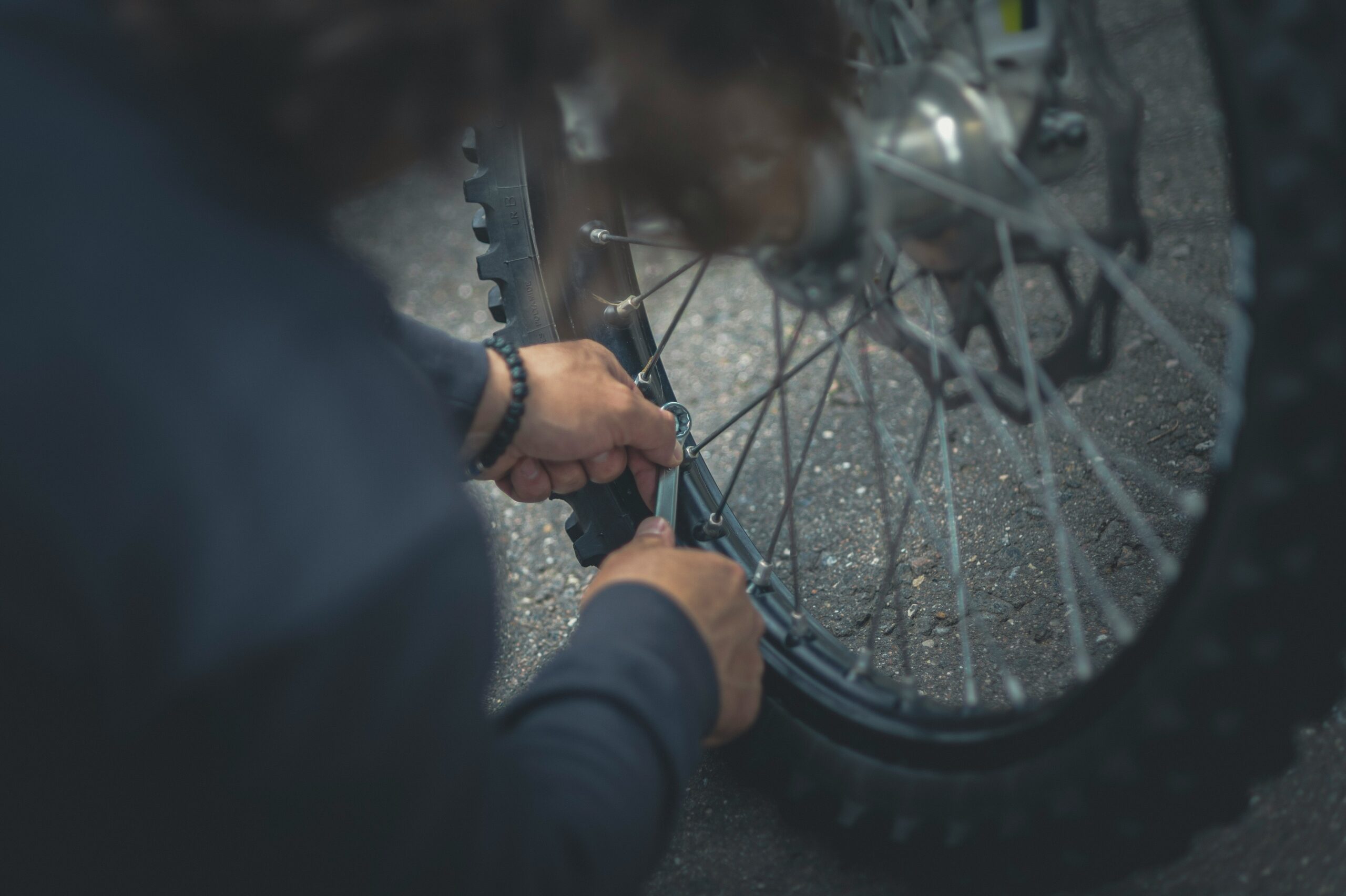
Lubricate the chain

After a season of inactivity, it’s also necessary to lubricate the chain. During this step, be careful not to spill any lubricant on the brake pads: it would render them ineffective and could damage them.
You can also check the lubrication of the bearings, but this requires good technical knowledge: don’t hesitate to visit a professional.
Adjust the saddle and handlebars
Once all these checks are done, you can proceed with adjusting the saddle and handlebars.
A good riding position is essential to avoid pain and injuries.
Adjust the saddle height so your legs are slightly bent when the pedals are in the lowest position.
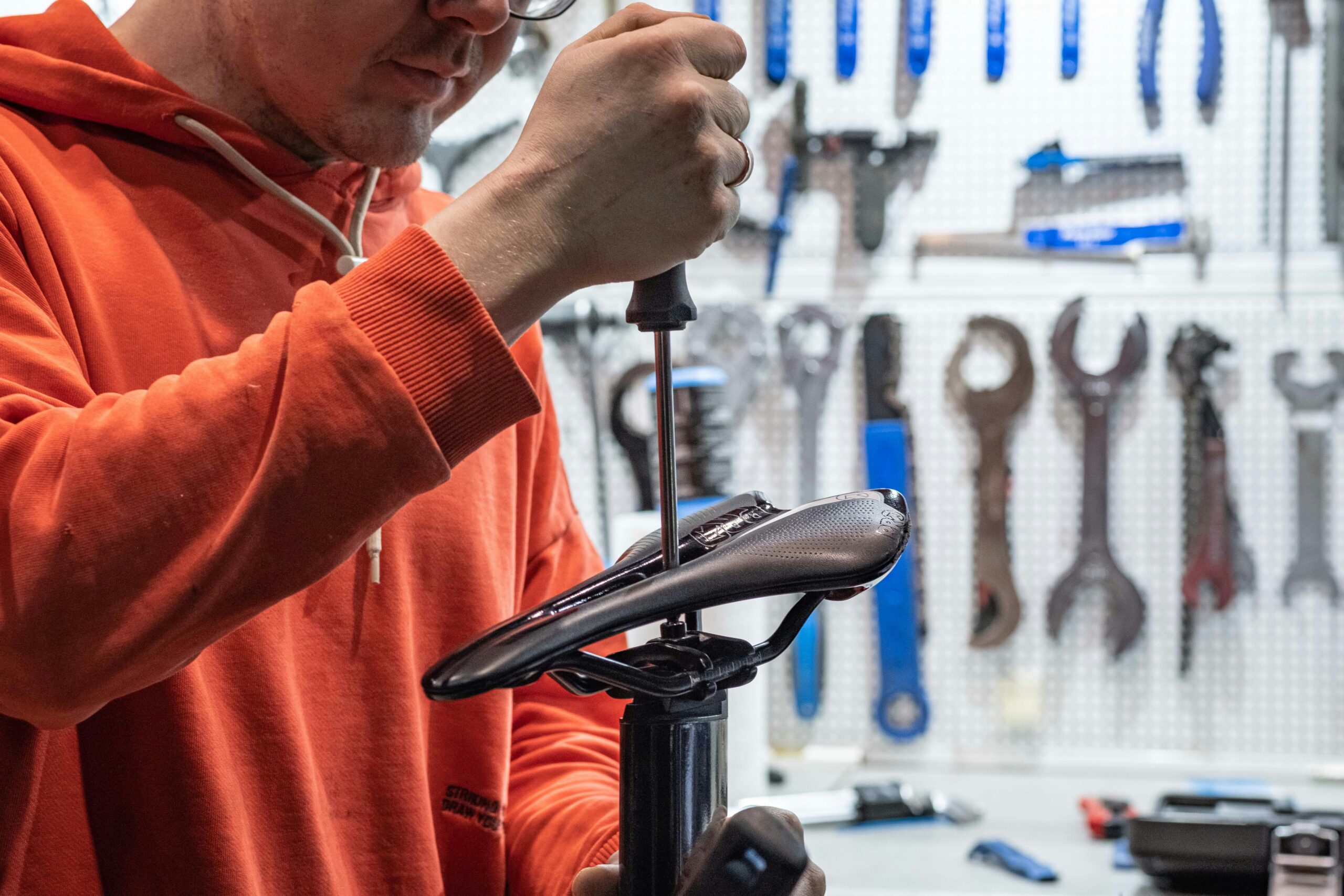
The handlebars should be at a comfortable height to avoid tension in your shoulders and back.
The final step in preparing your bike for summer: check that the gears shift smoothly and without any unusual noise.
Physical preparation and equipment
Finally, personal preparation is as important as preparing your bike. Here are some tips to be fully ready for summer:
Protective gear

Safety first!
A good helmet is essential, but don’t forget gloves, knee pads, and elbow pads.
In case of a fall, these items can really save you! Choose gear that is comfortable and offers good protection.
Last but not least, a water bottle. Yes, because water is life! If your bike doesn’t have a bottle holder, consider bringing a hydration pack or sliding a water bottle into your backpack during your rides.
Properly preparing for your ride
Before heading out on the trails, plan your ride. Use mapping apps to choose a route suited to your skill level and gradually resume training to avoid injuries. Start with short rides and increase the distance and difficulty as you go. To avoid surprises, check the weather when planning your ride.
Don’t hesitate to take a class with a mountain bike instructor; they can boost your confidence at the beginning of the season or if you’re a beginner. The bonus: no need to spend hours choosing your route. Just follow the guide!
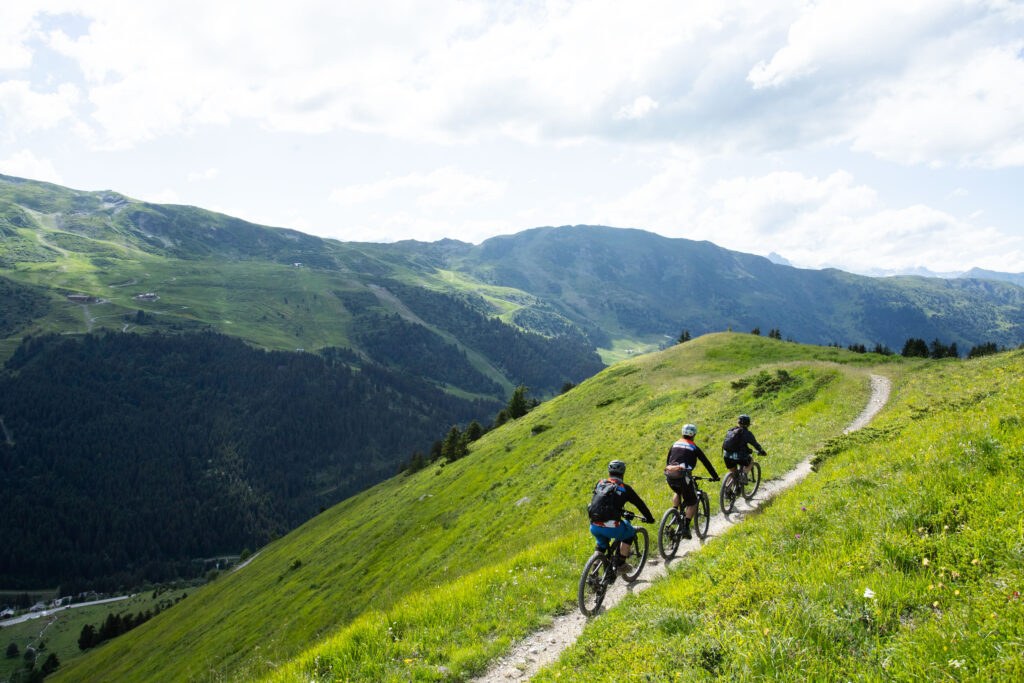
You now have all the keys to properly get your bike ready for summer. At Oxygene, we know that a well-prepared bike is the foundation of a successful season. A maintained bike coupled with good physical preparation will allow you to fully enjoy each ride.
So, get ready for new adventures!

